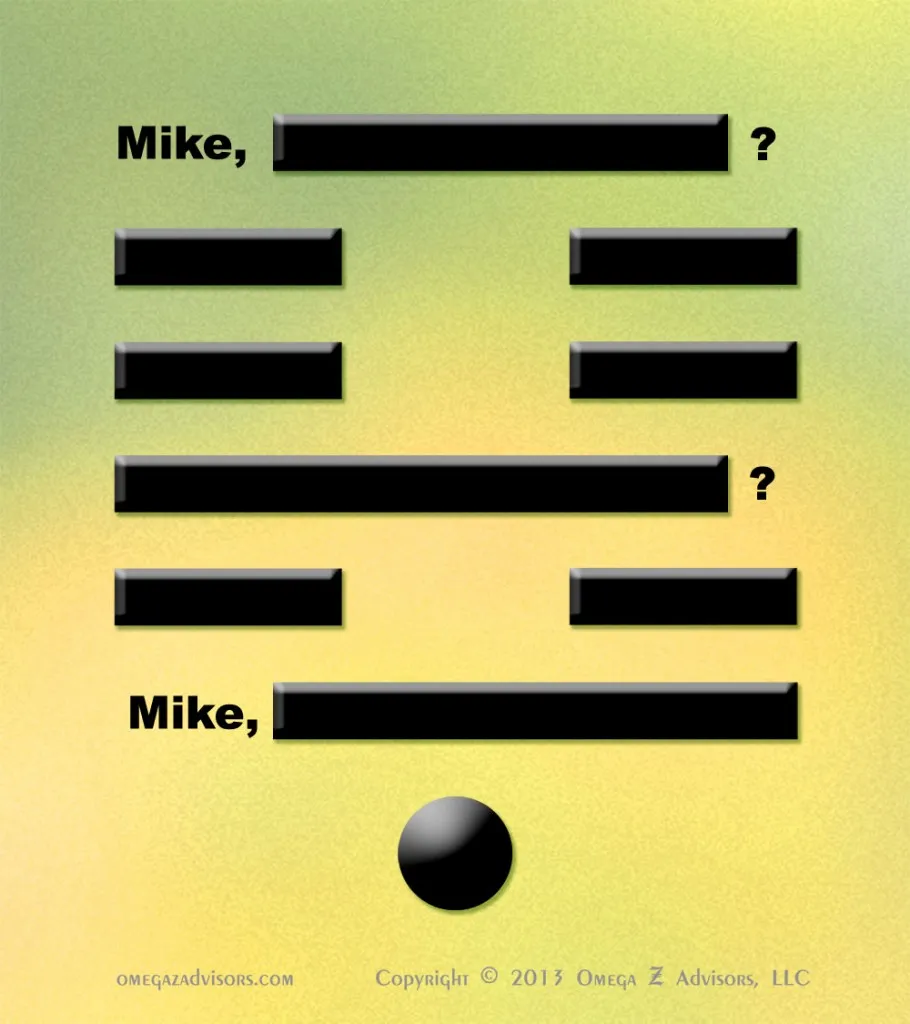Strategizing Schematic Tool for Interpersonal Conversations
When I began my sales career over twenty-five years ago, my employer taught us to strategize our interpersonal conversations. Thus, in addition to thinking about what to say and how, we thought about when.
For example, if you want to learn personal information such as finances, you don’t ask for that immediately. You begin with less intrusive questions building trust. Many other examples involve relationship building and conflict management techniques. Employ closed-ended questions after open-ended questions to clarify answers, summarize at the end of a point, subject or interaction, and encourage venting before solving.
When it comes to helping people visualize strategically their conversations, there isn’t a tool. However, recalling diagramming sentences in junior high school, I created a schematic tool (Figure #1) to do just that which I used in explaining my Refer Back Conversation Technique.
The schematic models conversations between an initiator or facilitator such as us and another person. Solid lines represent our comments while broken lines those of the other person. The circle represents the person’s final comment concluding the conversation. In this case, the schematic represents a facilitator initiating a conversation most likely with a question. The person then responds. Each line broken line represents a thought very much as a paragraph would, in this case two. The next solid line represents a follow up question by the facilitator with the next broken line the person’s response. The last solid line represents the facilitator’s summary or reflective comment. Finally, the circle represents the person’s confirmation or conclusion of the conversation.
This basic schematic can become extremely adaptable by using shadings and colorings to represent things like statements, questions and key conversation points and techniques. For example, to demonstrate personalizing a conversation, I could do something similar to Figure #2. It shows me using the person’s name before commenting or asking (but not always) and where it’s recommended to ask questions. Consequently, the variations are endless.
As I further discuss techniques leveraging relationships in communications, I will use this model to help explain their use from a strategic conversational perspective.


